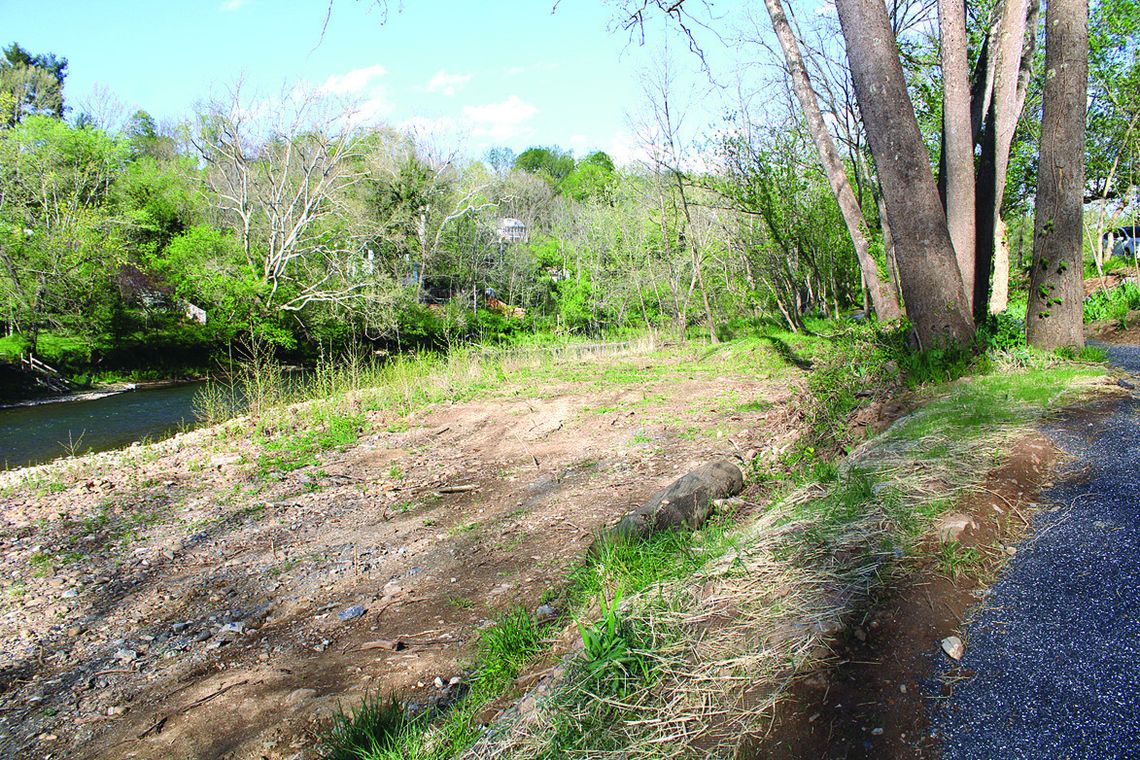Lexington takes its trees seriously. The late Rev. LaVert Taylor, an African American minister and member of City Council, once chided his colleagues on Council for what he viewed as their caring more about trees than the city’s troubled youth. We wouldn’t go that far but it is definitely true that many Lexington residents are passionate about their trees.
PLEASE LOG IN FOR PREMIUM CONTENT. Our website requires visitors to log in to view the best local news.
Not yet a subscriber? Subscribe today!



